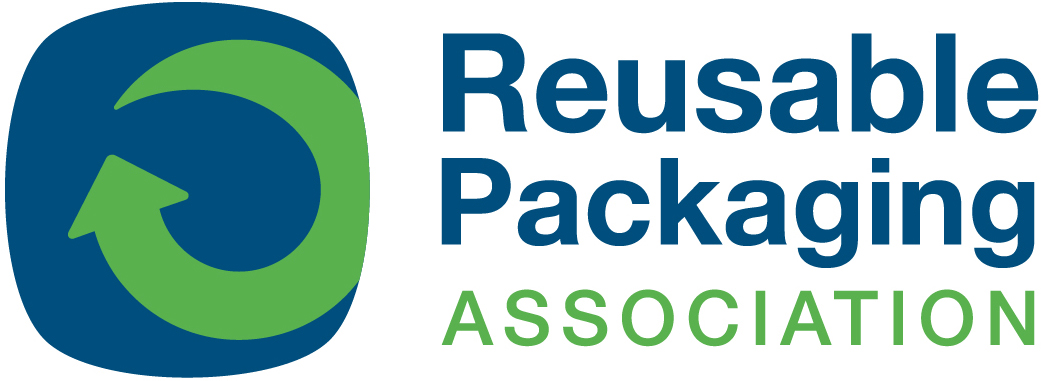A recent survey conducted by the Pew Research Center found that most Americans reported having changed at least one everyday behavior in the name of protecting the environment. While these behaviors are certainly encouraging, it seems the sight of brimming recycling bins, paper straws, and reusable grocery bags have given us all the mistaken impression that we’re making progress in the war on waste. In fact, in spite of our individual efforts, our garbage problem continues to grow.
 In 2016, global trash output averaged 0.74 kg (1.63 lbs) per person per day. That number is expected to grow by 70% by the year 2050, fueled by rapid population growth and urbanization. The U.S. – a mere 4% of the total world population – produces 14% of the world’s solid waste. U.S. per capita solid waste generation has hovered around 4.5 lbs per day since 2015, despite our individual efforts to be more eco-friendly. What’s more, the amount of single-use packaging in our trash has actually increased in recent years. Now, about 30% of the garbage we produce in the U.S. is simply packaging waste.
In 2016, global trash output averaged 0.74 kg (1.63 lbs) per person per day. That number is expected to grow by 70% by the year 2050, fueled by rapid population growth and urbanization. The U.S. – a mere 4% of the total world population – produces 14% of the world’s solid waste. U.S. per capita solid waste generation has hovered around 4.5 lbs per day since 2015, despite our individual efforts to be more eco-friendly. What’s more, the amount of single-use packaging in our trash has actually increased in recent years. Now, about 30% of the garbage we produce in the U.S. is simply packaging waste.
Unfortunately, things don’t look particularly encouraging going forward. According to Stifel’s recently released report, Top 10 Trends in 10 Years in Solid Waste: EV, AV, Recycling and Landfill Trends, taxpayer pressures to address recycled material contamination will influence more recycling programs to refuse glass and single-use plastics. Stifel also sees the recycling rate stalling at 25%, albeit with less contamination, with the landfill stream remaining at about 55%. Not exactly the progress we’ve been hoping for. So why are we just spinning our wheels?
Is China’s rejection of US recyclables to blame?
No, our solid waste woes certainly are not caused by China’s actions in recent years to restrict scrap plastic and paper imports, but China’s import restrictions have brought them to the forefront. Cities and waste management service providers have scrambled to find new market outlets for the accumulating recyclable material in the wake of Chinese policy changes.
In retrospect, we now recognize that the success of China’s recycling industry and its convenient hunger for international plastic and fiber came at a substantial environmental cost. Contaminated material culled from the imported material was being disposed of improperly, resulting in air pollution and plastic finding its way into waterways. Such widespread abuses set the stage for China’s dramatic policy shift in the form of its “Green Fence” policy in 2016 and the more stringent “National Sword” policy in January 2018.
Plastic imports to China plummeted by 99.1% between 2017 and 2018, while scrap paper dropped by 33.8%. By 2021, China is expected to completely ban the import of old corrugated cardboard (OCC) and other grades of fiber. Scrap exporters have responded by shifting scrap movements to other countries in a domino effect. Some of those countries have capacity limitations that limit the additional volume they can handle. A number of them have also announced bans and new policies to control recycled material imports, further underscoring our lack of capacity to recycle at home.
The real culprits: three critical barriers to packaging waste reduction
According to a recent report, The Bridge to Circularity, there are three critical barriers to improving packaging circularity and keeping it out of landfills:
Packaging innovation has outpaced the capabilities of recycling infrastructure. Advanced materials have helped deliver cheaper, lightweight, and higher performance packaging. This has happened, however, without similar investment to support the recycling equipment needed to recycle it effectively. For too long, packaging design has been without incorporating design for packaging recovery.
Companies cannot source enough recycled material to meet the demands of the New Plastics Economy Global Commitment. For example, a three-fold increase in recycled PET is needed to achieve the goal of 25% recycled content. The report notes that only 59% of U.S. households have access to curbside recycling. Not enough material is being captured for recycling, and not enough capacity is available to process it into a usable form.
The current approach to managing packaging waste is badly broken and will require urgent investment. Recent recycled commodity market disruptions and increasing environmental awareness underscore the reality of a recycling system that is falling short. “The need to invest in the U.S. recycling system is more urgent than ever,” the report states. “For the benefit of all materials, we need to move past pilots, move past the storyline of being on a journey, and embrace fundamental change.”
The urgency for change is apparent. Unfortunately, the debate around policy selection and how those changes are funded will likely continue to put a drag on the needed shift towards more circular systems. One thing is clear. As the Bridge to Circularity report notes, “Global Commitment signatories agree that a shift from single-use to reuse business models will be an important part of the transition to a circular economy.” A shift to reuse is a positive step that supply chains can make today to improve efficiency, and save money. Most importantly, it can help us gain traction towards a sustainable future, even as we wait for policymakers to catch up.

